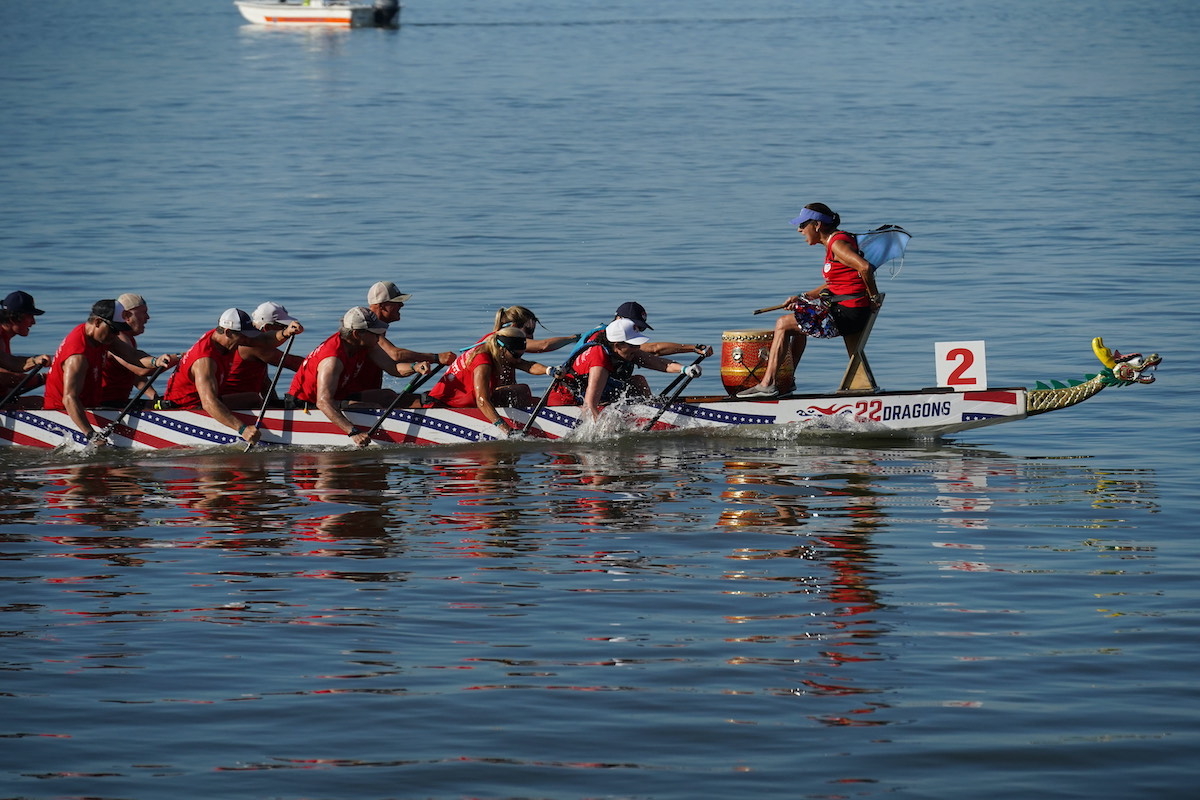By Scott Graber
It is Saturday morning and I’m on my deck listening to a band playing on Paris Avenue. As I sit I can hear a version of “Wooden Heart,” and suddenly realize how much I miss the polka tunes that seem to have disappeared from our lives. After awhile I’ll wander over to Port Royal’s OctoPRfest and buy a bratwurst slathered with horseradish and mustard.
Every September, the Wall Street Journal ranks most of the colleges in the United States. When I get this issue I always go to the bottom of the list, No. 400, to see who finished last. This year that would be Indiana State University.
After scanning the other losers — making sure The Citadel is not among them — I then go to back to the top 20. And they are always the same — Princeton, Yale, MIT, Stanford.
But this year three obscure schools, The New Jersey Institute of Technology, Babson College and The Rose-Hulman Institute of Technology somehow scrambled into the top 20.
This year the Journal prefaced its rankings saying that it has always looked at facilities and faculties. But this year it also looked at “different metrics” including “on time graduation rates” and “how much the school will improve salaries after graduation.” The Journal said it also gave points for “diversity.”
Princeton was No. 1, of course, no surprise here. One presumes that its young grandees will simply shuffle over to Wall Street toting their degree in Asset Accumulation. They will live anointed, well-compensated lives on Park Avenue and dutifully write checks into Princeton’s $37.7 billion endowment.
But I was surprised, astonished, when I saw that The New Jersey Institute of Technology, Babson College and Rose-Hulman Institute of Technology were ranked 19, 10 and 17, respectively.
Apparently this happened because Babson and Rose-Hulman finished No. 1 and No. 4 respectively in the “career preparation” category. Rose-Hulman also finished No. 2 in the “student recommendation” category.
In terms of “student recommendation,” The Journal explained that they surveyed 60,000 students and recent graduates in an effort to get the student’s perception of learning opportunities, career preparation and the food court and, further, decided this category would constitute 20% of the overall score.
The Journal also looked colleges having a majority of students from lower-incomed parents — Pell Grant recipients — and then looked at graduation rates. Based on this metric Florida International University finished No. 29 and La Verne College No. 33 moving up into prominence beating out Rensselaer (No. 34), Georgia Tech (No. 39) and Brown (No. 67).
The U.S. Military Academy, the U.S. Naval Academy and the U.S. Air Force Academy were not rated by the Journal. But U.S. News and World Report did rate these military schools putting them into its “National Liberal Arts Colleges” category and ranking West Point No. 8, Annapolis No. 3, and the U.S. Air Force Academy No. 7. The Citadel, my school, was put into the Southern Regional University category where it was ranked No. 2.
U.S. News is currently under fire from Yale Law School and Harvard Medical School who argue that the U.S. News rankings are “profoundly flawed” because they overvalue incoming test scores, thus penalizing schools that admit students from underrepresented backgrounds — especially Black and Latino students.
All of which brings us back to the Journal’s expanded methodology of awarding points to schools like LaVerne (No. 33) and Florida International (No. 29) and pushing the previous heavyweights into the bantam-weight territory. Johns Hopkins, for example, came in at No. 99; NYU clocked in at No. 166; and Tufts was at back of the pack at No. 287.
NYU was not happy about its mid-list showing (in the Journal), saying this ranking presents an “incomplete and misleading picture.” It went on to say that “ranking universities is a pretty dubious experience to begin with, but its particularly futile to compare one year’s outcome to the next when there’s been a major shift in methodology.”
Notwithstanding the relatively good grades for the military schools — including The Citadel — I don’t know how you can compare the rigid, rifle-cleaning, brass-polishing demands at West Point with, say, the two-students-and-a-professor deal at Williams College. But as long as there are newspapers — and there may not be newspapers much longer — there will be ratings of vacation destinations; bars and restaurants on Hilton Head; and colleges in the United States. The Journal touts its ratings as a service to high school graduates who are seeking guidance. But I think this is mostly entertainment and belongs in the Journal’s “Off Duty” section.
Scott Graber is a lawyer, novelist, veteran columnist and longtime resident of Port Royal. He can be reached at cscottgraber@gmail.com.








